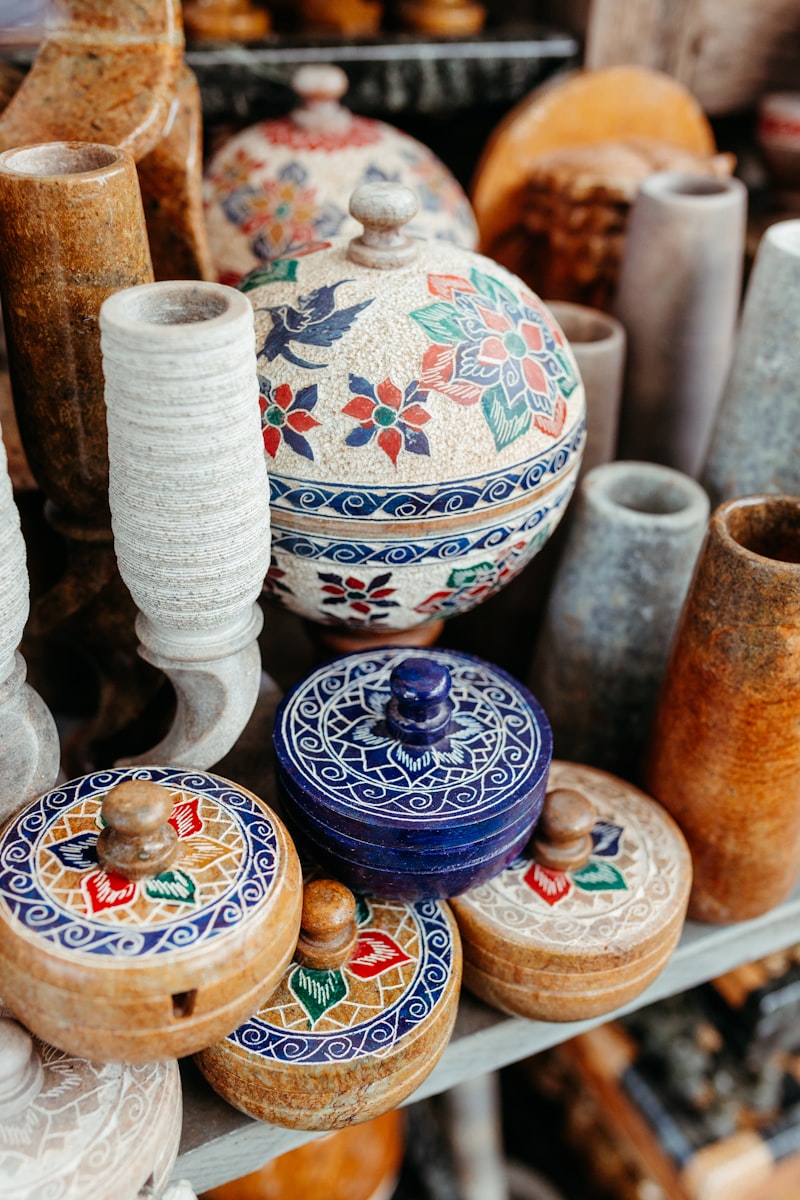Exploring the Depth of Unique Designs
In a world brimming with creativity and innovation, the concept of engaging narratives behind unique designs has captivated artists, designers, and enthusiasts alike. Each design tells a story, woven with history, culture, and personal experiences that resonate with their audience. This article delves into the enchanting world of unique designs, their narratives, and their impact on various fields, from fashion to interior design.
The Significance of Stories in Design
Stories breathe life into designs, imbuing them with character and significance. A well-crafted narrative can elevate a design from mere aesthetics to a compelling statement. Consumers today search for more than just a product; they seek meaning and connection. This shift drives designers to create pieces that tell their creators' stories.
Cultural Influences in Design
Every unique design often reflects its creator's cultural background or the inspiration drawn from specific traditions. For instance, traditional Japanese design embodies simplicity and elegance, narrating stories of nature and harmony. In contrast, vibrant African patterns express community and celebration. Understanding these cultural narratives allows consumers to appreciate designs on a more profound level.

| Culture | Design Characteristics |
| Japanese | Minimalism, nature-inspired elements, use of space |
| African | Bright colors, geometric patterns, symbolism |
| Scandinavian | Simplicity, functionality, natural materials |
| Indian | Intricate patterns, vibrant colors, handcrafted techniques |
The Role of Materiality in Storytelling
The choice of materials in design substantially contributes to its narrative. Designers often select materials that represent specific qualities, evoke emotions, or connect to their personal histories. For example, a designer using reclaimed wood might share a story of sustainability and respect for nature. In contrast, a creator who uses luxurious fabrics may narrate tales of elegance and heritage.
Case Study: Sustainable Fashion
Sustainable fashion has gained momentum in recent years, with consumers becoming more conscious about their purchases. Brands like Stella McCartney emphasize the narrative of eco-friendliness and ethical production. By choosing organic fabrics and environmentally friendly practices, they tell a story that aligns with the values of their target audience.
The Emotional Connection
The emotional connection formed between a design and its audience plays a crucial role in its success. Engaging narratives evoke emotions, making designs memorable and desirable. When consumers relate to a design's story, they are more likely to form a bond, leading to brand loyalty and advocacy.
Engaging Through Technology
With the advancement of technology, designers now have access to tools that can enhance storytelling. Augmented reality (AR) and virtual reality (VR) allow consumers to experience designs in immersive ways. For instance, a furniture brand could use AR to showcase how their pieces would fit in a consumer's home, creating a narrative around personalization and style.
Design in Various Industries
The concept of unique designs and their narratives extends far beyond fashion and interiors. Let’s explore how different industries embrace this approach:
Architecture
In architecture, each building tells a story. The Sydney Opera House is not just an iconic structure; it represents a bold vision and the cultural identity of Australia. Architects often imbue their designs with cultural significance, historical references, and community needs, enhancing the engagement factor.
Graphic Design
Graphic design also thrives on storytelling. Logos and branding elements capture the essence of a brand’s narrative. For instance, the simplicity of the Nike swoosh conveys movement and speed, connecting with the brand's identity as a leader in athletic wear.
Product Design
Product designers create narratives through functionality and aesthetics. Apple’s products feature a minimalist design that embodies innovation and user-friendliness, fostering a strong emotional connection with consumers through stories of creativity and efficiency.
FAQs: Understanding Engaging Narratives in Unique Designs
What is an engaging narrative in design?
An engaging narrative in design refers to the story that a design conveys, often reflecting the creator's background, cultural influences, and the intended message behind the piece.
How can I create a narrative for my design?
To create a narrative, start by identifying the values, experiences, and cultural aspects that inspire your design. Consider how these elements can be woven into the visual and functional aspects of your work.
Why are narratives important in design?
Narratives are essential because they help consumers connect emotionally with a design, making it more memorable and creating a sense of loyalty to the brand or creator.
Conclusion: Weaving Stories into Design
In conclusion, the engaging narratives behind unique designs serve as powerful tools for connection, resonance, and meaning. Whether in fashion, architecture, or graphic design, stories enhance the depth of designs, allowing consumers to appreciate them beyond their visual appeal. As you navigate the world of design, consider how your own narratives can enrich your creations, foster emotional connections, and ultimately lead to lasting impact.
Key Takeaways: Always infuse your designs with personal and cultural stories, utilize materials that reflect your narrative, and leverage technology to enhance engagement. By doing so, you elevate not just the aesthetic quality of your work, but also its story, creating a profound experience for your audience.
